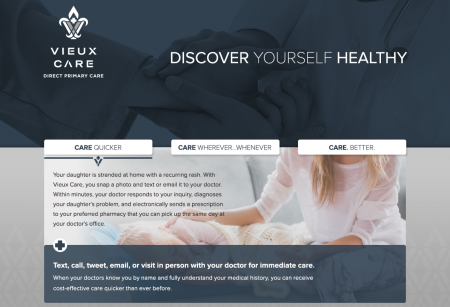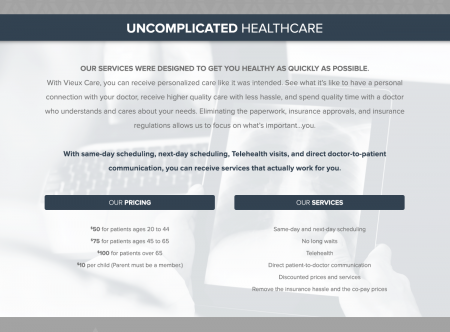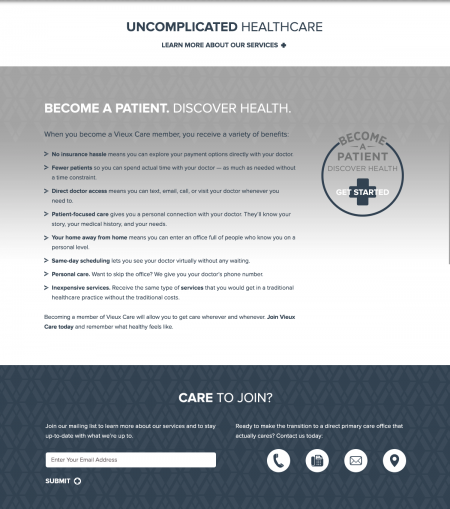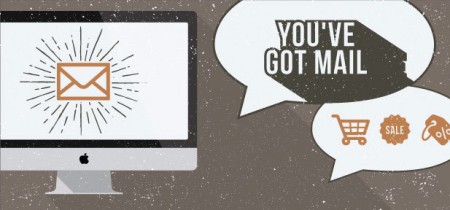Enter the Archives: Creativity and Balance
We talk a lot about creativity here because…well…we’re a creative design firm. Our archives are a great look into our evolution as designers and creative thinkers. Check out some things we’ve said about design to see how we balance creativity and work.
Stay true to your goals.
Embrace your Small Business America lifestyle. Appreciate the flexibility it offers, and the opportunity it presents to produce your best work. Your creativity is waiting to emerge- you just have to let it.
Keep track and follow up.
In our small studio, we’re all project managers to some extent. We develop (and continually evolve) a sort of checks and balances system that helps us keep track of each others work. We want to make sure nothing but our best work goes out the door. That doesn’t mean, though, that the process is always smooth. This article from Workawesome has some insightful ways of handling unscheduled breaks in the day, and actually remembering to follow up later.
Busy isn’t necessarily bad.
There’s something to be said for losing a little bit of your sanity during times like this. If you’re smart, you’ll take something away from it- experience, self-control, perspective, a new medication for high blood pressure- that you can carry over into the next phase your company launches into.
Marketing isn’t always necessary.
When you stop trying to attract clients with all those conventional marketing techniques and start talking to them, you make something awesome happen.
We’ve done this through blogs, twitter, and e-mail. We like it because we get to see our clients (and they get to see us) through a friendly non-work lens.
Breathe. Balance.
Balancing work and creativity isn’t always easy, but once you find that sweet spot in between work and creativity, you’ll be able to find more ways to connect…like humans.








